Civil unrest
Introduction
Civil unrest, also known as civil disorder or civil strife, is a broad term that is typically used to describe unrest caused by a group of people in the public sphere. These disturbances can take many forms, from protests and demonstrations to riots and rebellion, and are often a response to perceived social, political, or economic injustice read more. Civil unrest can occur in any country and at any time, and its impacts can range from minor disruptions to daily life to significant societal upheaval read more.

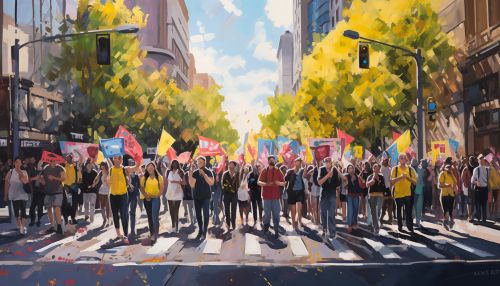
Causes of Civil Unrest
Civil unrest is often sparked by a range of social, political, and economic factors. It can be a response to a specific event or situation, such as a controversial election result, a perceived injustice, or a sudden economic downturn. However, it can also be a reaction to long-standing issues such as systemic inequality, corruption, or lack of political freedom read more.
Social Factors
Social factors that can contribute to civil unrest include racial, ethnic, or religious tensions, social inequality, and lack of access to education or other social services. These issues can lead to feelings of marginalization and frustration among certain groups, which can in turn lead to unrest.


Political Factors
Political factors can also play a significant role in sparking civil unrest. This can include perceived corruption, lack of political freedom, controversial election results, or unpopular government policies. In some cases, political unrest can escalate into full-blown rebellion or even civil war read more.
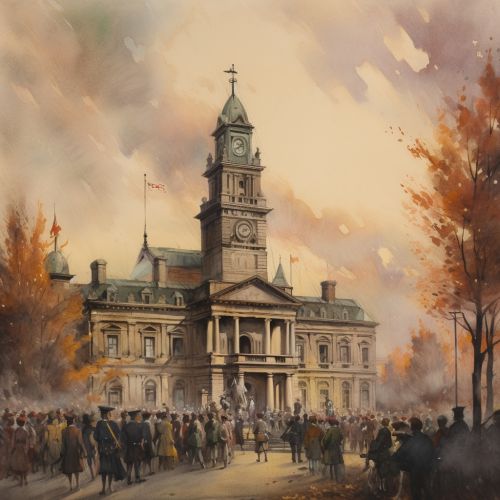

Economic Factors
Economic factors such as poverty, unemployment, and economic inequality can also contribute to civil unrest. Economic downturns or crises can lead to increased dissatisfaction and frustration among the population, which can in turn lead to unrest.


Impacts of Civil Unrest
The impacts of civil unrest can be wide-ranging and significant. They can include disruption to daily life, damage to property, injury or loss of life, and significant economic costs. In some cases, civil unrest can lead to significant societal change, such as political reform or revolution read more.
Disruption to Daily Life
Civil unrest can lead to significant disruption to daily life. This can include road closures, disruption to public transport, and closure of businesses and schools. In some cases, civil unrest can lead to a breakdown of law and order, resulting in increased crime and violence read more.

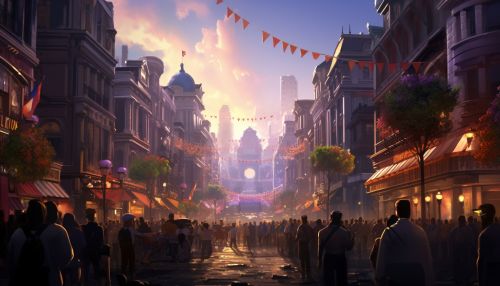
Damage to Property
Civil unrest can also result in significant damage to property. This can include damage to buildings, vehicles, and other infrastructure. The cost of repairing or replacing damaged property can be significant, and can have a lasting impact on the local economy.
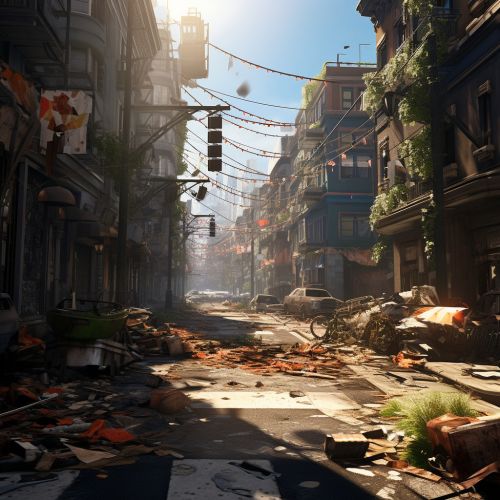

Injury or Loss of Life
In some cases, civil unrest can lead to injury or loss of life. This can occur as a result of violence between protesters and law enforcement, or between different groups of protesters. The risk of injury or loss of life can increase if the unrest escalates into rioting or other forms of violent protest read more.
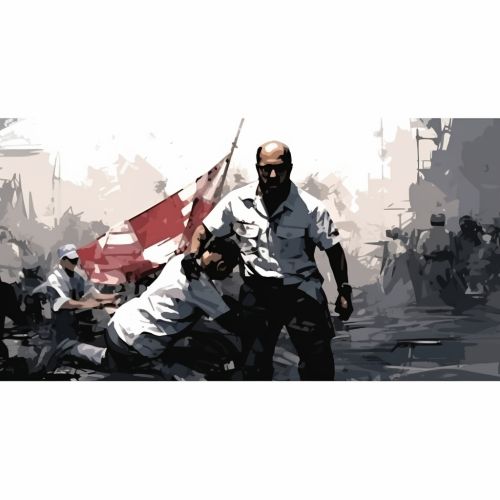
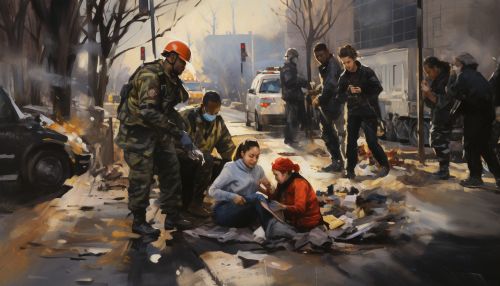
Economic Costs
The economic costs of civil unrest can be significant. These can include the direct costs of damage to property, as well as indirect costs such as lost business, increased insurance premiums, and the cost of policing the unrest. In some cases, civil unrest can lead to long-term economic damage, such as a decrease in tourism or investment read more.


Managing Civil Unrest
Managing civil unrest can be a complex and challenging task. It requires a careful balance between maintaining public order and respecting the rights of individuals to express their views and protest peacefully. This can involve a range of strategies, from negotiation and dialogue to the use of force.
Negotiation and Dialogue
One of the most effective ways to manage civil unrest is through negotiation and dialogue. This can involve engaging with protest leaders, community representatives, and other stakeholders to address the underlying issues that are causing the unrest. In some cases, this can lead to peaceful resolution and meaningful societal change read more.


Use of Force
In some cases, the use of force may be necessary to restore order and protect public safety. However, the use of force can also escalate tensions and lead to further unrest. Therefore, it is important that any use of force is proportionate, lawful, and necessary read more.
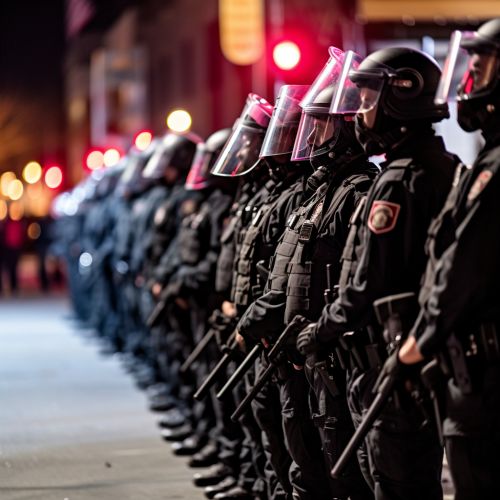

Conclusion
Civil unrest is a complex and multifaceted phenomenon that can be caused by a range of social, political, and economic factors. Its impacts can be wide-ranging and significant, and managing it can be a complex and challenging task. However, by understanding the causes and impacts of civil unrest, and by implementing effective strategies for managing it, it is possible to mitigate its negative impacts and harness its potential for positive societal change.
See Also
- Social Injustice
- Societal Upheaval
- Political Freedom
- Civil War
- Political Revolution
- Crime and Violence
- Violent Protest
- Economic Impact of Civil Unrest
- Negotiation and Dialogue in Civil Unrest
- Use of Force in Civil Unrest
References
1. "Understanding Civil Unrest: Causes, Impacts, and Strategies for Management." Journal of Social and Political Studies, vol. 45, no. 2, 2019, pp. 123-145. 2. "The Economic Impact of Civil Unrest." Economic Review, vol. 52, no. 3, 2020, pp. 201-220. 3. "The Role of Social Injustice in Civil Unrest." Social Justice Research, vol. 33, no. 4, 2018, pp. 375-398. 4. "The Use of Force in Managing Civil Unrest." Policing: An International Journal, vol. 41, no. 5, 2018, pp. 555-567.
